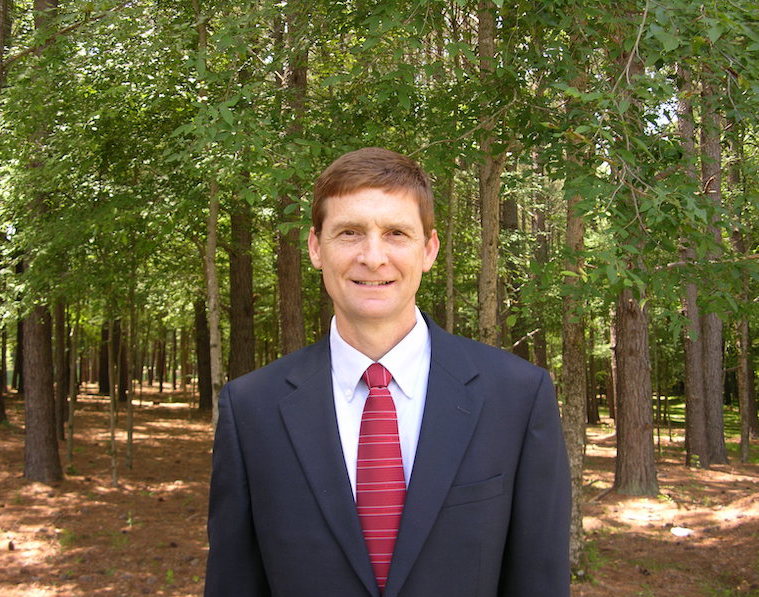Q: Now that our fields are dormant for the winter, we have more time to tackle field maintenance and projects that we could not get to during the summer and fall. Is there anything that we should not do now?
A: As I was organizing my thoughts for this question, I found it difficult to come up with a list of things you should not do without also making suggestions of things you should consider doing.
Fields are often wetter in the winter because of less evaporation due to the cooler air and lower transpiration from dormant turfgrass. With wet soils comes the greater chance of causing soil rutting if you put heavy equipment on the field. Also, dormant turfgrass, when disrupted, will not generate new lateral stems and roots to re-tack and recover. These two situations may limit winter construction projects on the field – especially if the field will be used for play before spring green-up.
If you do decide to initiate some construction projects, such as adding drainage or running new irrigation lines, then be sure and cut your dormant sod extra thick to retain existing roots for structure and stability when it is put back into place. Thoroughly tamp around the sod edges to fill any gaps in the existing profile and the new sod. Another tip is to replace bare areas using thick-cut plugs made with a 7-inch hexagon plugger from a non-play area. The hexagon shape eliminates gaps that can occur when using round plugs, so stability is not compromised.
A construction project that you may want to tackle during winter is infield and warning track renovations to baseball and softball fields. Removing lips, edging and regrading infields, plus rebuilding mounds and home plate areas can be easily accomplished without damage to the dormant turfgrass. While you are working on the sideline areas, you may also give your surrounding fencing and backstop some attention.
In general, dormant turfgrass requires little to no irrigation, mowing or fertilizer. If the winter is very dry, then the bermudagrass may need some irrigation to prevent desiccation damage. Have your staff check the system’s operation while running through the zones. Occasional mowing will clean up plant debris that is on the surface and give the turfgrass a more uniform appearance. This slow time offers a great opportunity to complete annual maintenance needs on mowers and other equipment. Although it is not always considered fertilizer, application of lime (if warranted) over the winter allows plenty of time for it to work its way into the soil – encouraging grass growth the following spring. Just be careful that your lime application equipment does not cause ruts.
Do not dethatch during dormancy as you want to maintain as much dormant stem and leaf tissue on the plant as possible through the winter. Topdressing would be okay at low to moderate rates, but I would generally suggest waiting until the turfgrass is actively growing. Like liming, be careful not to cause rutting with application equipment.
The last two cultural practices to address are aerification and rolling. Implementing these practices in the winter is a bit controversial. Aerification can be beneficial for gas and water exchange in the soil, as well as reduction of compaction. But aerification after the turfgrass is fully dormant can result in the holes remaining open for several weeks. While this seems to be a positive, the downside is that air exchange in these open holes encourages a more rapid and thorough cooling of the soil profile. This increases the potential for winterkill of turfgrass, so proceed with caution. Rolling a field in the winter can be effective at smoothing out surface imperfections since the field is often softer during winter. The trick is to use a roller size and weight that is appropriate for the soil’s firmness at that time, and to balance out any negative compaction effects of the rolling with in-season aerification.
Grady Miller, Ph.D.
Professor and Extension Turf Specialist
North Carolina State University
Questions?
Send them to Grady Miller at North Carolina State University, Box 7620, Raleigh, NC 27695-7620, or e-mail grady_miller@ncsu.edu
Or send your question to Pamela Sherratt at 202 Kottman Hall, 2001 Coffey Road, Columbus, OH 43210 or sherratt.1@osu.edu


